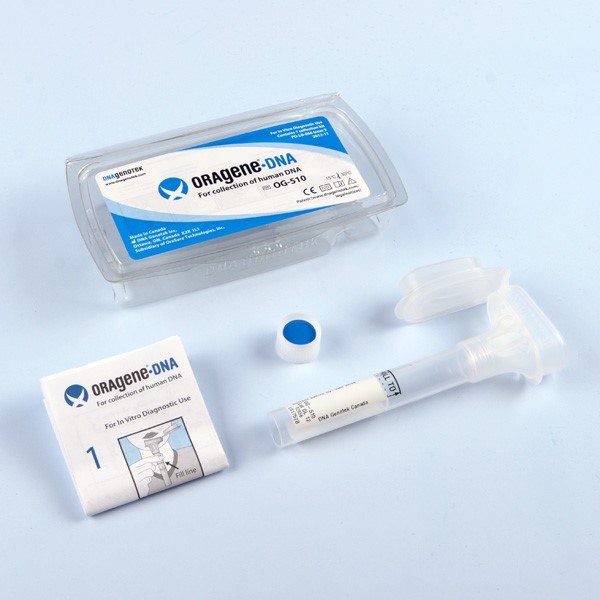The NF1 Project aims to improve the understanding of how genetics affects the number of skin neurofibromas and how to treat skin neurofibromas in the future.
How is this research done?
Over 600 DNA kits have been posted to participants from more than 15 countries.
You may be wondering how a research study such as the NF1 Project is done and the outcomes we hope to achieve.
Prof. Tracy Dudding-Byth who is the Chief Investigator on this research project has explained below.
What is a genome-wide association study?
A genome-wide association study, or GWAS, is a research method used by scientists to look for genetic variations that are linked to specific condition or traits.
Here's how it works:
 Collect DNA Samples: Scientists collect DNA from many people. Some of these people have the trait being studied, and some do not. We are comparing the DNA of people with different numbers or severity of cutaneous neurofibroma.
Collect DNA Samples: Scientists collect DNA from many people. Some of these people have the trait being studied, and some do not. We are comparing the DNA of people with different numbers or severity of cutaneous neurofibroma.
Scan the DNA: Professor Murray Cairns and Professor Dudding-Byth will look at many points across each person’s DNA. These points are called genetic markers.
Compare the Groups: Professor Murray Cairns and Professor Dudding-Byth will compare the genetic markers in people with many cutaneous neurofibromas to those with few cutaneous neurofibromas.
Find Differences: They will look for markers that are more common in people with a high number of cutaneous neurofibromas. These markers might be near genes that contribute to the number of neurofibromas. The markers can highlight possible treatment options in the future.
In short, a GWAS helps scientists find genetic clues that can tell us why some people have many cutaneous neurofibromas while other people are mildly affected. It is like looking for a specific pattern in a huge puzzle of human DNA.
To find answers in the DNA we need a range of people with NF1. those who have none or few neurofibromas and those who have many.
The comparison of these groups might provide valuable information. We have a range of participants as shown in this table which collates responses to the question:
Do you have neurofibromas, and if so, how many?
Answer | Count |
None | 23 |
Not sure | 55 |
Yes, 1-10 | 105 |
Yes, 11-100 | 265 |
Yes, 101-500 | 172 |
Yes, more than 500 | 120 |
It would be useful for the purpose of the study to have more participants that have none or a few neurofibromas.
If you or a family member are in this category please make sure you complete your registration and get your saliva kit back to us.
Visit https://nf1project.com to register or contact info@nf1project.com to find out more.